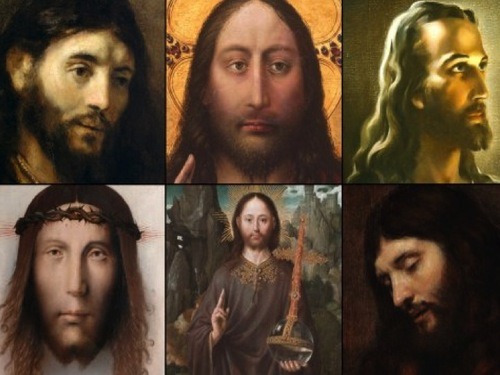Visual Discipleship

The call to discipleship has been fraught with formulas, fill in the blank manuals and text-based instruction. The interesting thing is that Jesus did not teach in propositions, he created word pictures that people could see as he talked. He called the first disciples by saying, “Follow me and I will make you fishers of men.” He encouraged a woman to find in him “Living water”. He also challenged half-hearted commitments by saying “take up your cross” or “you have to eat my flesh and drink my blood” to be his disciple. If Jesus used the visual to draw people in so should we.
Discipleship is both hearing and seeing. Jesus said,
“For this people’s heart has become calloused;
they hardly hear with their ears,
and they have closed their eyes.
Otherwise they might see with their eyes,
hear with their ears,
understand with their hearts
and turn, and I would heal them.’
But blessed are your eyes because they see, and your ears because they hear.” Matthew 13:15-16
Following Christ it is not something that can be prescribed by words alone, people must see it. Communication has been dominated by a world of text. The question for this post is, Has our Protestant proclivity for word based communication at the neglect of the image created a vacuum in discipleship? Visual art can shape our lives as well as text. David Morgan’s book The Sacred Gaze investigates how visual images function in religion. Morgan’s two assertions are that: 1. Visual culture is how images, acts of seeing, transform the worlds in which people live. 2. The study of visual culture interprets ways of seeing that shape their use, what images do when they are put to use. (33) Has the preference for text over image left people open to the visual influence of consumer and entertainment stimulation? Morgan states that, “Charisma and aura find new ways to infuse themselves into mass-culture artifacts.”
We live in a visual culture. Visual images can put practices into life that transforms people. Spiritual formation or Christian discipleship shapes people by engaging people to envision a way of life that challenges the status quo. They enable us to be shaped by a living picture of life in Christ. Morgan relates that, “Images are produced by and in turn help construct the social realities that shape the lives of human beings.” (31)
Jaroslav Pelikan’s book Jesus Through the Centuries is a good study of Christian’s view of Jesus through the ages. These visuals both invoke devotion and reflect the culture from which they were created.

Art has been expressed and reacted to by Christians. How we see our art, the visual images created for us and by us tell us more about ourselves than the art oneself. To react in fundamentalist ways, judging by a narrow arbitrary standard take the mystery and freedom of expression away from people. What Morgan has done is show how religious intentions and missionary zeal can destroy art that expresses culture. He also shows how some Protestants have preferred text over image. Even images are seen as text. Even creation is a text to be read. Word and image are placed in tandem. Morgan reflects on a painting of a woman seeing Jesus in the leaves of trees. He states that the artist Anderson sees two texts, creation and the scripture, but text of creation is subservient to the printed text.
Christian art it embedded in the culture of its origin. To reflect Jesus in the world, by incarnating our message in tangible and understandable visual representations is as valid as text-based messages. While text may tend to explain meaning, visual images seek to evoke meaning from the viewer. Both are needed. We see meaning in expository speech and in the mystery which art expresses. Morgan presents the paintings of Magritte as an example. They are expressions of human life that defy signification and present mystery and reflection rather than just a one to one correspondence between word and image. Magritte, ” We, all of us, are distracted by so many practical things that we miss the mystery. We should stop at times and consider the mystery.” (100)
Any message, to be understood, requires a person to enter into the message, a surrender of presuppositions to the meaning in the message. It is not a loss of control, but a suspension of judgment until one walks into it. Visual art works the same. We become part of the experience or we walk away with indifference. “Seeing and knowing are intertwined in human beings, and knowledge is inseparable from representation.” (79) Discipleship is about being shaped to be like Christ, to image him in the world. We are visual representations of the artwork of God. Being so, visual images reflected in art can aid in that process.
David Morgan, The Sacred Gaze: Religious Visual Culture in Theory and Practice. Berkley, CA: University of California Press, 2005.
Leave a Reply
You must be logged in to post a comment.